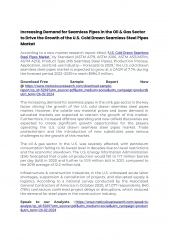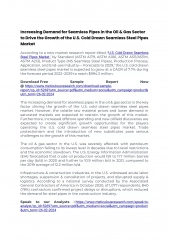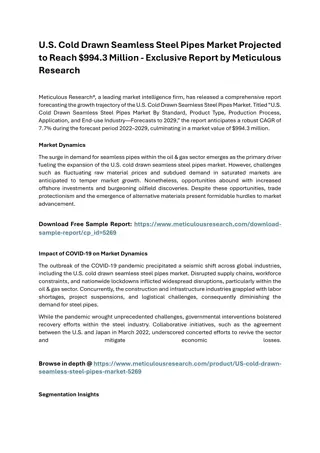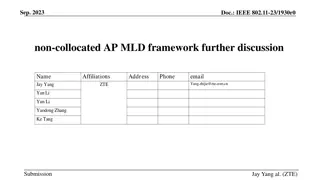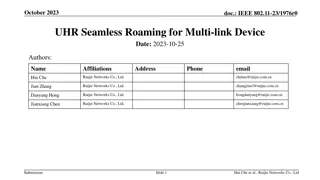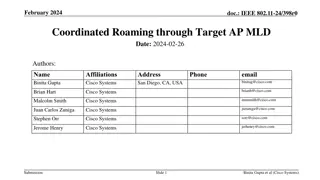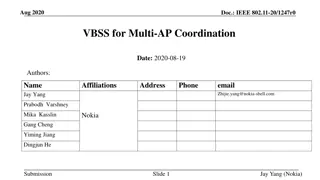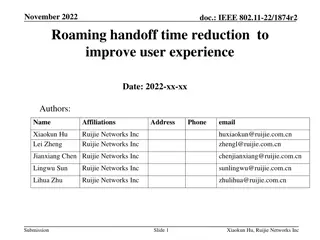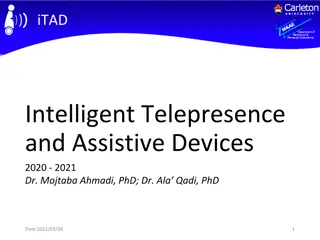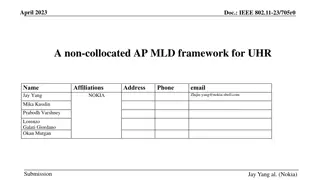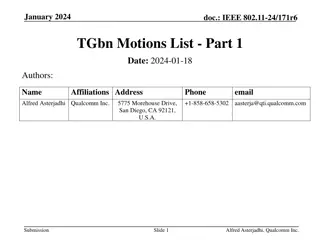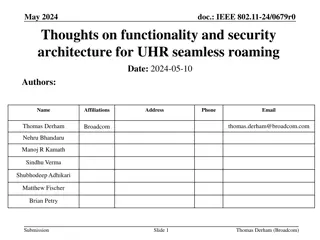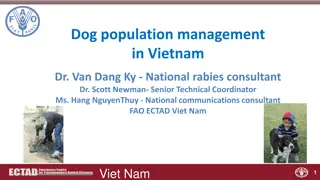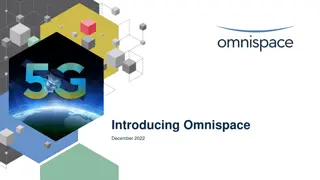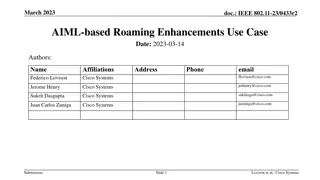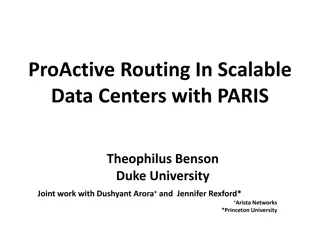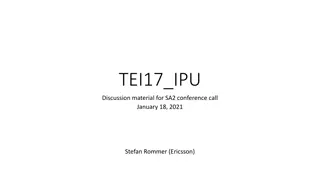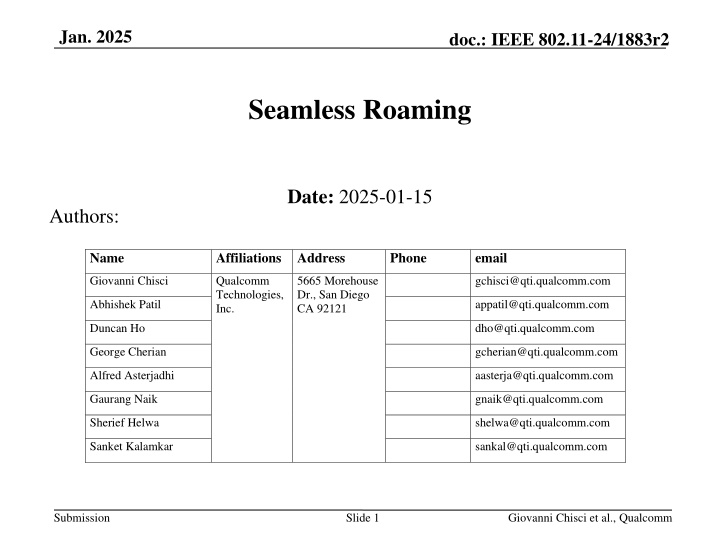
Seamless Roaming Mechanism for IEEE 802.11-24/1883r2
Explore the seamless roaming mechanism proposed by Giovanni Chisci and team at Qualcomm for IEEE 802.11-24/1883r2 in January 2025. The mechanism aims to enable smooth transition of a non-AP MLD between current and target AP MLDs, ensuring no disruption to ongoing QoS flows, reducing overhead, and maintaining reliability. Discover the requirements, including scalability, simplicity, and flexibility, along with the concept of Seamless Mobility Domain (SMD) to facilitate the transition process.
Download Presentation

Please find below an Image/Link to download the presentation.
The content on the website is provided AS IS for your information and personal use only. It may not be sold, licensed, or shared on other websites without obtaining consent from the author. If you encounter any issues during the download, it is possible that the publisher has removed the file from their server.
You are allowed to download the files provided on this website for personal or commercial use, subject to the condition that they are used lawfully. All files are the property of their respective owners.
The content on the website is provided AS IS for your information and personal use only. It may not be sold, licensed, or shared on other websites without obtaining consent from the author.
E N D
Presentation Transcript
Jan. 2025 doc.: IEEE 802.11-24/1883r2 Seamless Roaming Date: 2025-01-15 Authors: Name Affiliations Address Phone email Giovanni Chisci Qualcomm Technologies, Inc. 5665 Morehouse Dr., San Diego CA 92121 gchisci@qti.qualcomm.com Abhishek Patil appatil@qti.qualcomm.com Duncan Ho dho@qti.qualcomm.com George Cherian gcherian@qti.qualcomm.com Alfred Asterjadhi aasterja@qti.qualcomm.com Gaurang Naik gnaik@qti.qualcomm.com Sherief Helwa shelwa@qti.qualcomm.com Sanket Kalamkar sankal@qti.qualcomm.com Submission Slide 1 Giovanni Chisci et al., Qualcomm
Jan. 2025 doc.: IEEE 802.11-24/1883r2 Introduction TGbn has agreed to specify a new mechanism [Jan 2024] for seamless roaming of a non-AP MLD from a current AP MLD to a target AP MLD with the following characteristics: [Jul 2024] Context related to the non-AP MLD can be (at least partially) transferred from the current to the target AP MLD [Jul 2024] After a request/response exchange initiating the DS mapping change, buffered DL data can be: Delivered by the current AP MLD retrieved by the non-AP MLD on the old link Forwarded from the current AP MLD to the target AP MLD so that the non-AP MLD may retrieve it on the new link [Sept 2024] A request/response exchange is defined from a non-AP MLD in state 4 to Transfer the context Perform necessary DS mapping change [Nov 2024] A preparation phase is defined from a non-AP MLD in state 4 to Transfer the context Setup the links with the target AP MLD Submission Slide 2 Giovanni Chisci et al., Qualcomm
Jan. 2025 doc.: IEEE 802.11-24/1883r2 Seamless Roaming requirements Should be seamless No disruption to on-going QoS flows Avoid unnecessary overhead (reduce frame exchange/processing) Reliable roaming (can be prepared in advance and correct expectations are set for clients) Should be scalable To support mobility within a network consisting of large number of APs Should be simple E.g., Rely on existing frameworks as much as possible Should be flexible To cover different use cases such as home, enterprise, warehouse, etc. Submission Slide 3 Giovanni Chisci et al., Qualcomm
Jan. 2025 doc.: IEEE 802.11-24/1883r2 Seamless Mobility Domain (SMD) To fulfill the requirements of Seamless Roaming (SR), one of the key aspects is to identify the group of AP MLDs over which the SR protocol can be used. A Seamless Mobility Domain (SMD) shall be defined and identified with a unique identifier (SMD ID) to facilitate the operations involved in the transition between a current AP MLD and a target AP MLD belonging to the same SMD can be carried while referring to such an SMD ID, for example: Discovery of the AP MLDs within the SMD across which the non- AP MLD can use SR Security (single PMKSA/PTKSA) Consistency of BA operation Set up links While SR can provide the most seamless experience within the SMD, it is expected mobility in larger ecosystems (e.g., between SMDs) can be aided by fast BSS transition (FT). FT MD SR AP MLD 2 AP MLD 1 SMD 1 SMD 2 AP MLD 4 SMD 3 FT AP MLD 3 Submission Slide 4 Giovanni Chisci et al., Qualcomm
Jan. 2025 doc.: IEEE 802.11-24/1883r2 Seamless Roaming In Steps To deliver a smooth experience, Seamless Roaming extends over different steps: Discovery: the client discovers the neighboring AP MLDs in the SMD Recommendations: the client can receive recommendations on suitable candidate AP MLDs in the SMD that can meet the client s requirements E.g., considering client s context, loading conditions, check on the backhaul, etc. BTM signaling can be considered, e.g.: BTM query/request solicited BTM request unsolicited Preparation: the client requests the current AP MLD to set up a target AP MLD in the SMD over the backhaul Set up of the links First instance of context transfer Signaling for the client/current AP MLD request/response exchange is TBD (e.g., ML reconfiguration) Execution: the client request to roam to the target AP MLD in the SMD Second instance of context transfer and optionally link reconfiguration If necessary, DS mapping switch Both exchange client-current and client-target AP MLD can be considered (current in the figure) Shall be accepted if request is received within a timeout after Setup completion ML reconfiguration can be considered for signaling (e.g., to cover the case where Preparation is not performed.) Client AP MLD0 AP MLD1 AP MLD2 Discovery/Scanning Recommendations Prep. Request AP MLD 1 Set up links context transfer (1) Prep. Response Prep. timeout (Execution request is accepted if performed within timeout after Prep. completion) Execution request AP MLD 1 context transfer (2) Optional: set up links Necessary DS map switch Execution Response Submission Slide 5 Giovanni Chisci et al., Qualcomm
Jan. 2025 doc.: IEEE 802.11-24/1883r2 Discussion on the Roaming Setup Some of the key operations for SR that are expected are Context transfer Link set up Such operations are expected to require some latency (e.g., some tens of ms), therefore it is preferable to avoid service disruption (e.g., interruption of DL/UL communications) while such operations are carried out. Propose to decouple the request/response exchange for the roaming execution (which can involve DS mapping switch and therefore service interruption) by introducing a Preparation step before Execution (4 messages). The context transfer can initiate at this time. It can be further considered that after the Setup is performed, the current AP MLD shall accept the Transition request at least if received within a timeout after Setup completion, in this way the expectation is set for successful roaming execution. In some other cases a single request/response exchange should take care of the various operations (2 messages) The signaling should be consistent between Preparation and Execution (i.e., provision for link addition) to cover the cases of 4 messages and 2 messages sequence Submission Slide 6 Giovanni Chisci et al., Qualcomm
Jan. 2025 doc.: IEEE 802.11-24/1883r2 Security Single PMKSA/PTKSA in roaming has been discussed as a key feature to obtain a seamless experience and should be supported for a client that roams when remaining in state 4 in the SMD. To maintain state 4 in roaming at least some components of the authenticator shall be associated with the SMD An SMD management entity (SMD ME) with functions of authenticator should be defined Since some members expressed security concerns with the PTK sharing in some deployments, extensions of the PTKSA can be considered to provision for different (per AP MLD) PTKs Submission Slide 7 Giovanni Chisci et al., Qualcomm
Jan. 2025 doc.: IEEE 802.11-24/1883r2 FT updates An FT MD can include one or more SMDs. When initial secure association is established within an SMD within an FT MD, the secure association is performed such that Seamless roaming can be used within the SMD FT can be used between SMDs The updates of FT consist of the following: The R0KH derives PMK R0 and PMK R1 according to the SMD identity (the single PMKSA to be used in the SMD is PMK R1 SA) The R1KH derives PTK R1 according to PMK R1 and the SMD identity (the single PTKSA to be used in the SMD is PTK R1 SA) Submission Slide 8 Giovanni Chisci et al., Qualcomm
Jan. 2025 doc.: IEEE 802.11-24/1883r2 Conclusion A Seamless Roaming Mobility Domain (SMD) is introduced and identified by a unique identifier A client can use the SR protocol between the AP MLDs within the SMD The SR protocol develops in steps including: Discovery: AP MLDs within the SMD Recommendation: network recommendation for candidate AP MLDs Preparation: set up the links and transfer the context to the target AP MLD Transition: context transfer and necessary DS mapping switch (optional link addition to provision for absence of Preparation). PMKSA and PTKSA are established with the SMD for seamless experience Minimal FT updates can be introduced so that FT can be used between SMDs (and seamless roaming can be used within such SMDs) Submission Slide 9 Giovanni Chisci et al., Qualcomm
Jan. 2025 doc.: IEEE 802.11-24/1883r2 SP1 Do you agree to define a seamless mobility domain (SMD), characterized by an identifier, encompassing multiple AP MLDs, where a non-AP MLD can use the seamless roaming procedure to roam between such AP MLDs. Submission Slide 10 Giovanni Chisci et al., Qualcomm
Jan. 2025 doc.: IEEE 802.11-24/1883r2 SP2 Do you support the following for security in seamless roaming? o when a non-AP MLD is in the process of roaming from the current AP MLD to a target AP MLD within the SMD, the same PMKSA, established with the SMD-ME, shall be used to protect communications with the current AP MLD and the target AP MLD Submission Slide 11 Giovanni Chisci et al., Qualcomm
Jan. 2025 doc.: IEEE 802.11-24/1883r2 SP3 Do you support the following for security in seamless roaming? o when a non-AP MLD is in the process of roaming from the current AP MLD to a target AP MLD within the SMD, the same PTKSA, established with the SMD-ME, shall be used to protect communications with the current AP MLD and the target AP MLD Submission Slide 12 Giovanni Chisci et al., Qualcomm
Jan. 2025 doc.: IEEE 802.11-24/1883r2 THANK YOU Submission Slide 13 Giovanni Chisci et al., Qualcomm

